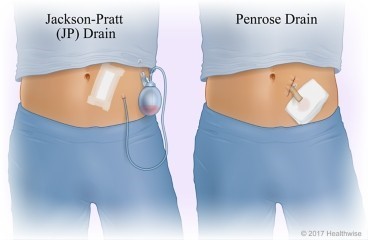A nurse in an acute care facility is preparing to transfer a client to a long-term care facility. Which of the following information should the nurse include in the hand-off report?
Time of the client's last bath
Effectiveness of the last dose of pain medication
Number of family members who have visited
Frequency of previous vital sign measurement
The Correct Answer is B
The correct answer is that the nurse should include information about the effectiveness of the last dose of pain medication in the hand-off report when transferring a client to a long-term care facility. This information is important for the receiving facility to continue managing the client's pain effectively.
Options a, c and d are not essential information to include in the hand-off report. The time of the client's last bath, the number of family members who have visited and the frequency of previous vital sign measurement are not critical for ensuring continuity of care during the transfer.
Nursing Test Bank
Naxlex Comprehensive Predictor Exams
Related Questions
Correct Answer is A
Explanation
The nurse should respect the client's autonomy and right to make decisions about their own care. Referring the client to hospice care is an appropriate response because it provides the client with support and care in their own home.
Options b, c, and d are not appropriate responses because they do not respect the client's autonomy.
Option b suggests that the client needs to discuss their decision with their family before making a decision, which may not be necessary or desired by the client.
Option c confronts the client with the reality of their illness in a potentially insensitive manner.
Option d suggests that the client is giving up too soon, which may not be an accurate or helpful assessment of the situation.
Correct Answer is A
Explanation
When completing a dressing change on a client who has a surgical wound drain, the nurse should use a separate, sterile swab for each stroke when cleaning the wound. This helps to prevent the spread of infection and ensures that the wound is properly cleaned.
Option b is incorrect because the nurse should first clean the incision and then clean the drain site.
Option c is incorrect because the nurse should don sterile gloves before cleaning the wound.
Option d is incorrect because the nurse should not cut a 4 x 4 piece of gauze to place around the drain site; instead, the nurse should use a pre-cut drain sponge.

Whether you are a student looking to ace your exams or a practicing nurse seeking to enhance your expertise , our nursing education contents will empower you with the confidence and competence to make a difference in the lives of patients and become a respected leader in the healthcare field.
Visit Naxlex, invest in your future and unlock endless possibilities with our unparalleled nursing education contents today
Report Wrong Answer on the Current Question
Do you disagree with the answer? If yes, what is your expected answer? Explain.
Kindly be descriptive with the issue you are facing.
